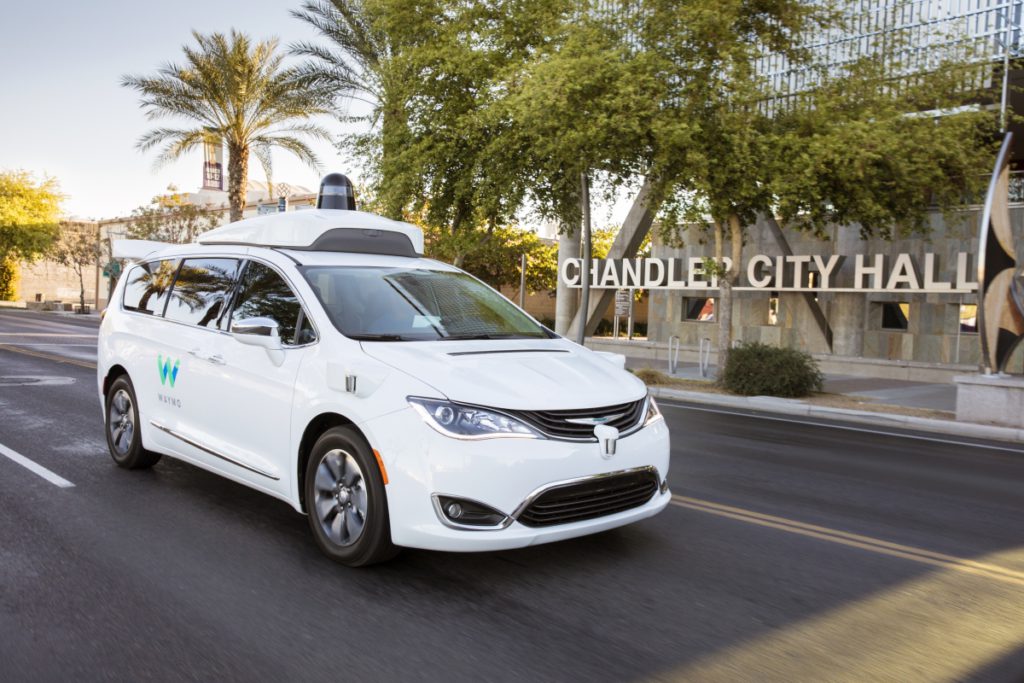Google’s Waymo ready to launch consumer driverless tests
26 April 2017

26 April 2017
Google is now very close to the launch of its self-driving commercial programme, with it set to begin allowing consumers to test its autonomous Waymo vehicles in a large-scale trial in the US. It marks a major step-change, after almost a decade of research, to commercialising the technology that is set to completely revolutionise transportation.
Waymo CEO John Krafcik said: ′Our goal is that [users] will use this for all their transportation needs.’
The Waymo unit is to allow Phoenix residents to sign up to use its vehicles as a self-driving car service, filling out an online form to be considered. Phoenix was specially chosen as a trial-friendly, car-dependent area and the test zone is ambitiously large, encompassing an area twice the size of San Francisco.
Google’s Waymo will be sending its entire 600-strong fleet of Chrysler self-driving Pacifica plug-in hybrids to the trial, which have been specially customised in Michigan by Chrysler-parent FCA’s engineers, with changes to the minivan’s electrical system, powertrain and chassis. Waymo wants its trial users to come from the widest possible range of backgrounds to gather data on how they use the technology, and users will be able to book the Waymos using an app, and will not have to pay.
Krafcik added: ′We’re at the point when it’s really important to find how real people, outside the Google environment, will use this technology.’
While Arizona law allows for self-driving tests without a human driver, Waymo will initially include one of its employees in the driving seat. Krafcik also said that trials have so far revealed that with no driver, journeys have tended to become a much more sociable experience, with much more interaction between people in the car. It has not yet set out details for how it will commercialise the technology, which may involve licensing to other operators.
While Google has by far the best safety record for driverless cars and is widely considered streets ahead of the competition, it has been criticised for being very cautious with its programme, and for not having launched a commercial service sooner, especially with Uber having introduced its service first last year in Pittsburgh. Waymo is being cautious as it considers public trust to be fundamental to the success of its programme, and so wants to avoid serious crashes that have called Tesla and Uber’s tech into question. It is wise to tread carefully, regardless of the validity of whether the driverless tech was to blame for the crash, since public perception is crucial and any issues undermines this trust.
Google will be looking to replicate its superiority in internet search in driverless cars, by having a greater bank of driverless data that its competitors, thus aiming to always be able to deliver a superior service. This will also help it to integrate its core search business into cars through its Waymo tech licensing, similar to the way Android brought Google search to smartphones. Waymo has developed new displays and controls for the test to get people comfortable with being inside self-driving cars – with intuitive UI systems being traditionally an area Google is very strong at.
Photograph courtesy of Waymo